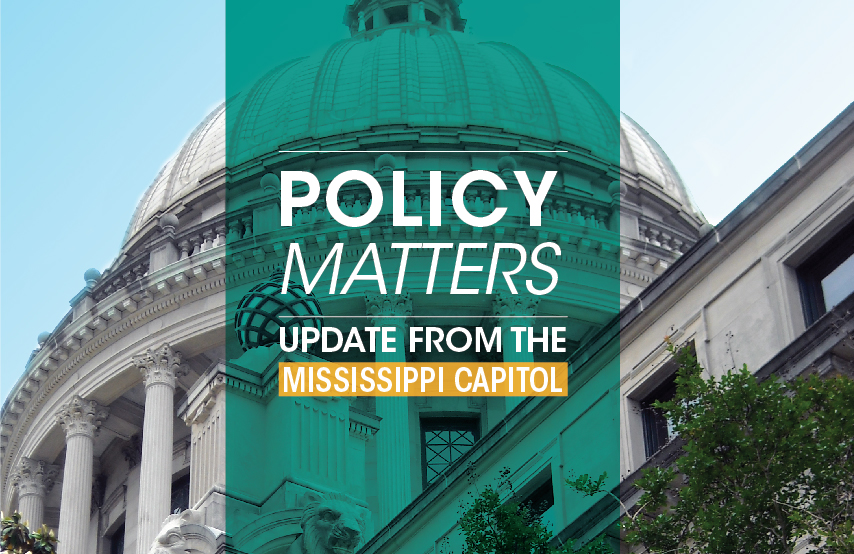Governor Announces Budget Cuts; Rainy Day Funds Mitigate the Blow
January 22nd, 2016
Mid-year budget cuts announced by Governor Bryant this week will put a strain on many state services that are still reeling from years of budget cuts during the last recession. The law requires the Governor to make cuts or use reserve funds to balance the budget when revenues come up short. This year the shortfall is expected to be $75 million. As the state struggles to bring in the revenue required to fund current services, now is not the time to revisit the large, unaffordable tax cut proposals that were defeated last year.
The Cuts
The cuts announced total $39.8 million (or 1.5% for most budget categories) and will be in effect for the second half of this fiscal year (January-June 2016). Administering cuts over just one-half of a budget year effectively doubles their impact. Some of those cuts include maintenance for roads and bridges, universities and community colleges, school spending beyond the K-12 formula, mental health and public health, human services, and corrections. Funding for the K-12 school funding formula (MAEP), Medicaid, university student financial aid, debt payments, and the Department of Public Safety are exempt from the cuts.
Rainy Day Funds
The state’s plan to balance the budget amounts to a “half and half” approach. This approach includes the cuts described above and the use of $35.2 million from the state’s “rainy day” fund to fill the remaining revenue shortfall. The state’s rainy day fund was created to support the state in a time of financial need and the use of rainy day funds to mitigate the cuts is an appropriate course of action. Using $35 million of the rainy day fund represents less than 10% of the currently full rainy day fund balance.
Why is this necessary?
Mississippi’s economy is still recovering from the most recent national recession. Late last year, the revenue estimating committee reduced the revenue estimate for FY 2016 expecting revenue to come in at $65 million below expectations. Further, the state ended last year with $10 million less than expected to “carry over” in the beginning general fund balance. Combined, those make up the $75 million expected shortfall.
Another factor affecting revenue is the tax breaks for corporations enacted during the last four years. Just two of these tax breaks together, one for inventory taxes and one for corporate income taxes and penalties will cost over $85 million this year and almost $200 million next year, and many other tax breaks have been enacted without any estimate as to how much they will cost.
Going Forward
Going forward, lawmakers should consider that the state is struggling to bring in revenues at the currently estimated levels. As a result, unaffordable tax cuts that benefit mostly the wealthy and corporations should not be revisited. Further, lawmakers should insist that adequate and transparent fiscal notes are prepared that will allow them to consider the costs of tax breaks before enacting them.







